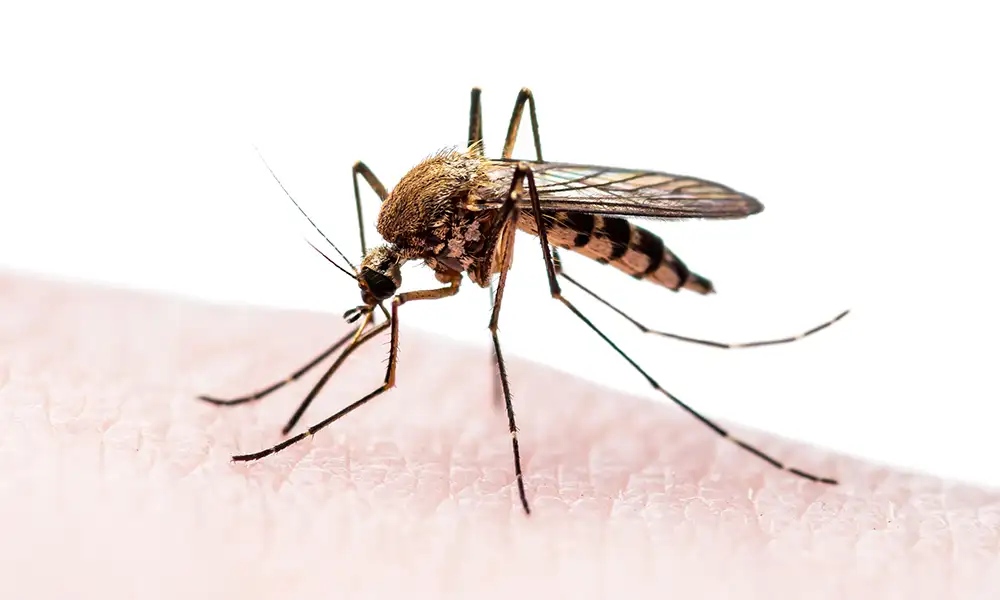Allergy or Intolerance: How to tell the difference?
- April 10,2021
- 5 Min Read

You might assume you have an allergy if you've had a reaction to a certain meal, such as stomach pains or diarrhea. However, dietary intolerance is the most likely cause.
Understanding the differences between intolerance and allergy is crucial. You'll be better equipped to deal with them this way.
While allergy and intolerance symptoms may appear to be identical, there is a significant difference in how they affect your body. An allergy is a condition that is mediated by the immune system and can affect a variety of organs. Food intolerance, not allergy, is the most common cause of stomach problems.
Signs of intolerance
People may say that a particular food "doesn't agree" with them. So, what exactly does that imply? What types of things do some people may find intolerable? Here's a rundown of some of the most common culprits:
- Some food additives
- Medications that might cause stomach pains, headaches, and dizziness.
- Certain food constituents, such as lactose, can cause symptoms such as cramping, diarrhea, and vomiting within a few hours. Manufacturers may add these additives to make dishes more colorful and tasty in some situations. These problems are uncomfortable, but they are unlikely to be life-threatening.
Allergic reactions are different
Symptoms of allergies, on the other hand, are significantly more severe. They can happen within 30 minutes to 2 hours.
If you're allergic to peanuts or soy, for example, even a small amount can cause anaphylaxis, a life-threatening reaction. A rash or hives may appear, as well as swelling of the lips, tongue, or throat, and trouble in breathing or wheezing. Other common triggers for allergic reactions include:
- Taking Penicillin and other antibiotics
- A sting from a bee or a wasp
- Allergy symptoms such as rhinitis and asthma can be triggered by environmental factors such as pollen, mold, dust, cats, and dogs.
The family history
If one or both parents are allergic, children are more likely to develop environmental allergies and asthma.
Allergies are more common in children and are triggered by food such as milk, almonds, eggs, and soy. Food and other allergies can, however, arise later in life.
Intolerance can be inherited, but it can also evolve over time. Lactose intolerance is a common example: Your body may create less of the enzyme that aids in the digestion of lactose in dairy products as you become older.
Diagnosing allergies and intolerance
If you're unsure whether you have an allergy or intolerance, go to your doctor. He or she will assist you in developing a plan to help you manage your symptoms.
Allergy skin testing might help you figure out how your body reacts to allergens. A blood test, on the other hand, can reveal high levels of allergy antibodies produced by your immune system with more precision and accuracy.
It's not an exact science to figure out what causes a food intolerance. It's possible that you don't have all of the enzymes you need to digest proteins.
Keeping a food diary to track what you eat, when you have symptoms, and what they are may be beneficial. It's most likely intolerance if a food or component causes you discomfort on a regular basis.
Managing your reactions
The easiest way to avoid most allergies and intolerances is to avoid them altogether. To put it another way, avoid the substances that upset you.
At Suburban Diagnostics, we provide a wide range of allergy and food intolerance tests.
Recommended tests:
- ALLERGY PHADIATOP (PEDIATRICS)
- ALLERGY COMPREHENSIVE FOOD PANEL (VEG/NON VEG)
- ALLERGY PEDIATRICS PANEL (1 / 2)
- ALLERGY FOOD PANEL VEGETARIAN (MINI/MAXI)
- ALLERGY ECZEMA PANEL (MINI/MAXI-1/MAXI-2)
- ALLERGY RHINITIS PANEL (MINI/MAXI)
- FOOD INTOLERANCE TEST
*This article has been adapted from Cleaveland Clinic and is accessible at: https://health.clevelandclinic.org/allergy-or-intolerance-how-to-tell-the-difference/amp/
Most Viewed
Premarital Health Screening
- 20 Min Read
Typhoid - Signs and Symptoms
- 3 Min Read
Home Isolation Guidelines - Covid-19 Care
- 5 Min Read














